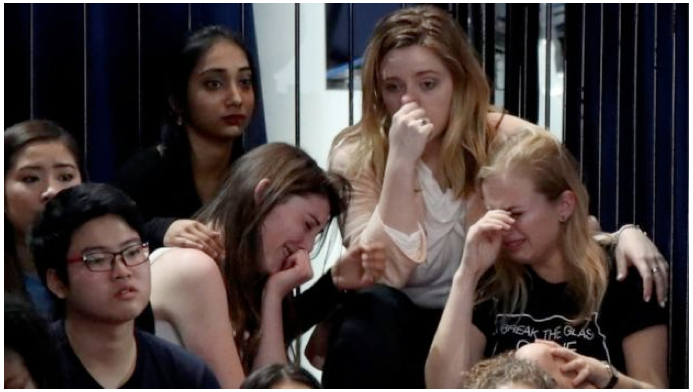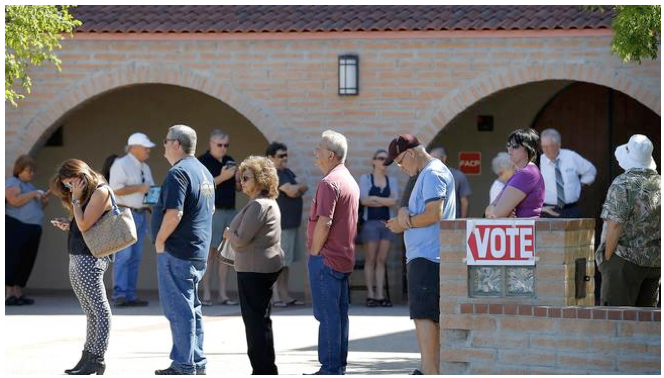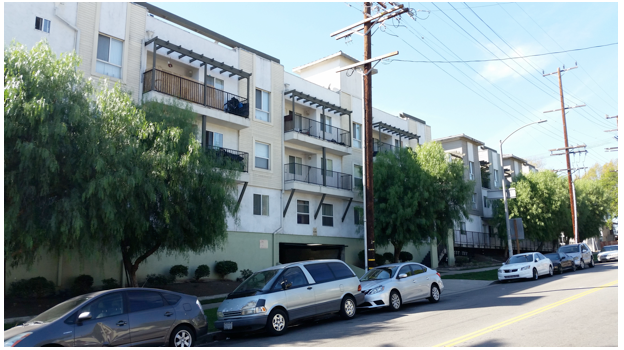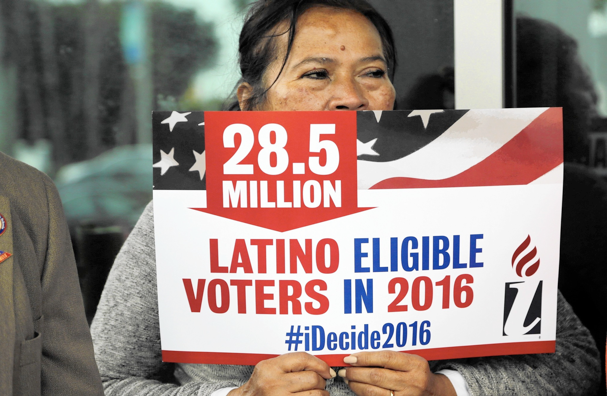BILLBOARD WATCH-The slow-moving but relentless push for more digital billboards on LA’s commercial streets got a boost last week with the unveiling of a detailed plan for allowing the now-prohibited signs. Presented to the City Council’s Planning and Land Use Management (PLUM) committee, the plan would require billboard companies to make payments to the city and remove a certain number of existing billboards in exchange for the right to put up new signs of the highly lucrative digital variety.
The committee directed city agencies to develop a legal framework to implement the digital billboard plan, even though the City Planning Commission (CPC) last year approved a new citywide sign ordinance that restricts the brightly-lit signs with rapidly changing ads to sign districts in a limited number of high-intensity commercial areas. That action would put those signs off-limits in more than 80 per cent of the city’s commercial zones.
With certain exceptions, new billboards and alterations to existing billboards have been banned in LA since 2002 and digital billboards have been explicitly prohibited since 2009. However, state law allows cities to enter into relocation agreements with billboard companies, which means that a billboard can be moved from one location to another without running afoul of billboard bans such as LA’s.
This law, intended to relieve cities from the burden of paying large amounts in compensation if a billboard has to be removed from private property for a street widening or other public works project, has been advocated by billboard giant Clear Channel as a mechanism for not only putting up new digital billboards, but turning on many of the 99 digital billboards that went dark by court order three years ago.
In the CLA’s plan, the relocation agreements would allow new digital billboards to be put up or the existing digital billboards to be turned on in locations of the companies’ choice without hearings and approvals by zoning officials or local planning commissions. As long as the companies agree to make a specified annual payment to the city, take down a certain number of existing billboards, and meet restrictions regarding location and illumination, permits for the new or re-activated digital billboards would be issued “by right.”
This, of course, directly contradicts what billboard company representatives and pro-digital billboard politicians have said for several years, which is that communities should be able to choose whether or not they want the signs on their commercial streets. If people in North Hollywood or East LA see the billboards as bringing benefits to their community, the argument went, they should have them; if people in Silverlake or Westwood see them as a detriment, they should be able to say no.
Be that as it may, here are the details of the CLA’s plan: A billboard company wishing to put up a new digital billboard could choose to remove existing billboards at a ratio ranging from 2:1 to 9:1, based on square footage of sign face. A standard full-sized billboard is 672 sq. ft., so two of those or some other number of signs adding up to 1,300-plus square feet would have to be removed. If a billboard company chose the 2:1 ratio, it would have to pay the city an annual fee of $250,000, but if it took down existing billboards at higher ratios the required fee would incrementally decrease, up to the 9:1 ratio, which would not trigger any fee payment.
The plan also recommends that companies putting up new digital billboards provide “community benefits” to offset the negative impacts of the new signage. These include streetscape improvements, public art programs, and funding for transit-related services, among others.
There are some proposed restrictions on where the new digital billboards could be put -- for example, in public parks, along designated scenic highways, in historic preservation zones, and areas zoned neighborhood or limited commercial. The plan also proposes a limit on the light cast by the billboards, although the method of measurement is widely regarded as an inaccurate reflection of the brightness of the signs that employ thousands of LED lights, and many cities, including LA, have begun using a newer, more accurate method that measures the light at its source.
After listening to these details, along with a related report by the City Administrative Officer (CAO) and comment from members of the public, PLUM committee chairman Jose Huizar closed the discussion by directing the city agencies, with the assistance of the city planning department and City Attorney’s office, to return with additional details needed to implement the plan, which would require ultimate approval by the full City Council.
Despite the fact that the issue has drawn heated public debate, and the plan represents the first detailed step in the direction of allowing new digital members on most commercial streets, not a single member of the committee other than Huizar had any comment or question for the city officials presenting the reports.
Before moving on to other items on the committee’s agenda, Huizar also got in a swipe at the City Planning Commission, which he has accused in the past of overstepping its bounds by making changes to the sign ordinance sent to it by the committee. Those changes mean that the City Council will need a supermajority, or 10 votes, to overrule the commission’s approval of an ordinance that restricts new digital signs to sign districts.
Huizar also raised an issue that has been alluded to but not explicitly discussed by committee members in the past, which is the idea that the less affluent City Council districts have borne the brunt of billboard blight in the past, and are therefore particularly deserving of the relief promised by the takedown provisions of the CLA’s digital billboard plan.
The councilman, whose district encompasses most of downtown and the majority Latino communities of East LA and Boyle Heights, pointed to statistics in the CAO report showing that his district ranks first among the city’s 15 council districts in number of billboards. The district, along with two South LA districts, have 36% of the total billboards in the city, Huizar said. And while the City Planning Commission’s restriction of new digital billboards to sign districts also includes a requirement that any new signs be offset by the takedown of existing billboards, Huizar said that this would not result in a significant reduction of billboards in those districts.
But are Huizar’s East LA district and the two predominately Latino and African American districts in South LA he cited really disproportionately blighted by billboards? According to city records, Huizar’s district has 772 billboard faces, which is the highest of any of the 15 council districts. Council districts 8 and 9, represented by council members Marqueece Harris-Dawson and Curren Price, respectively, who also happen to be members of the PLUM committee, each have 719 billboard faces, ranking them second to Huizar’s district.
However, if those districts are ranked by total square footage of billboard faces, Huizar’s district ranks 7th, and the other two 11th and 13th. In fact, the district ranked first on this scale, councilman Paul Koretz’s predominately Westside district, has 279,000 sq. ft., compared to 165,000 sq. ft. in Huizar’s district and only 97,000 sq. ft. in Price’s district. Which means that Koretz’s more affluent district has fewer billboard structures than those other districts, but the billboards have significantly larger faces and therefore display larger, more prominent advertisements. Thus, the argument over which districts are disproportionately blighted by billboards turns on the question of what is the major source of the blight, the billboard’s structure or the advertising displayed on the face.
The council districts ranked 2nd, 3rd, and 4th in terms of square footage of billboard space each have more than 200,000 sq. ft. Along with Kortez’s district, those districts represented by Mike Bonin, David Ryu, and Mitch O’Farrell also happen to be the ones in which Clear Channel and Outfront Media put up all but a handful of 101 digital billboards beginning in 2007 and ending with a moratorium at the end of 2008. Those districts not only had more full-sized billboards to convert to digital but are among the most affluent in the city and therefore more attractive to advertisers paying premium rates for the 8-second spots on the signs.
It’s therefore no mystery why Koretz, Bonin, and Ryu have publicly announced their opposition to allowing digital billboards anywhere outside sign districts, as per the City Planning Commission action. Councilman Paul Krekorian has also publicly opposed plans to allow new digital billboards outside sign districts on private property, although none of the 101 signs went up in his San Fernando Valley district. O’Farrell hasn’t taken as definite a stand as his four colleagues, but has told constituents that he was happy with the planning commission’s action.
If the plan presented this week to allow digital billboards beyond those limited sign districts is eventually approved, Clear Channel could turn on most of the 84 billboards it put up in 2007-2008. Likewise, Outfront Media. And the city’s third major billboard company, Lamar Advertising, which owns some 3,000 small billboards in mostly lower-income neighborhoods, could erect new digital billboards on commercial thoroughfares in areas with the more affluent consumers valued by advertisers.
For example, the plan would allow Clear Channel to turn on a now-dark digital billboard on Santa Monica Blvd. in West LA in exchange for removing two or three old, rundown billboards in Council District 8 in south LA and paying the city an annual fee of $250,000. That might seem a great deal for Harris-Dawson, who represents that district and has complained of billboard blight there, but what of people in the residential neighborhood adjacent to that Santa Monica Blvd. billboard who repeatedly complained of constantly changing light cast into their homes and brilliantly lit ads for products and services looming beyond their roofs in the night sky.
A fourth member of the PLUM committee, Gil Cedillo, whose district west and north of downtown includes some of the city’s poorest areas, could also benefit from the removal of old, blighted billboards, especially since Clear Channel and company are not likely to look at most of the district as fertile ground for new digital billboards. The fifth member, Mitchell Englander, represents a much more affluent district in the northwest San Fernando Valley, but the predominately residential district has by far the fewest number of billboards in the city and probably wouldn’t be a major target for companies wanting to put up new digital signs.
As mentioned above, the plan would require votes from 10 of the 15 city council members since it conflicts with the ordinance approved by the planning commission. If council members Bonin, Koretz, Ryu, and Krekorian maintain their current stands, and are joined by O’Farrell, they could block that action since one council seat is currently vacant. However, that vacancy will be filled in the upcoming city election and a new council member will be seated on July 1 of next year.
There are some other hurdles as well. A Clear Channel representative has written a letter to the committee criticizing the takedown ratios as too high, and arguing that instead of a set annual fee the companies and city should negotiate a fee for each relocation agreement. Regency Advertising and Summit Media, two of the city’s small billboard companies, have also argued for lower takedown ratios and fees on the grounds that the proposed plan would shut them out of the process.
And City Attorney Mike Feuer, who unsuccessfully sponsored a statewide moratorium on digital billboards when he was a state assembly member, has not weighed in on the possible legal ramifications of the billboard relocation scheme. Feuer has already poured cold water on one of the PLUM committee’s earlier proposals, which was to grant “amnesty” to all unpermitted and non-compliant billboards in the city.
To read the CLA and CAO reports in the city’s council files, click here.
(Dennis Hathaway is the president of the Ban Billboard Blight Coalition and a CityWatch contributor. He can be reached at: [email protected].) Prepped for CityWatch by Linda Abrams.

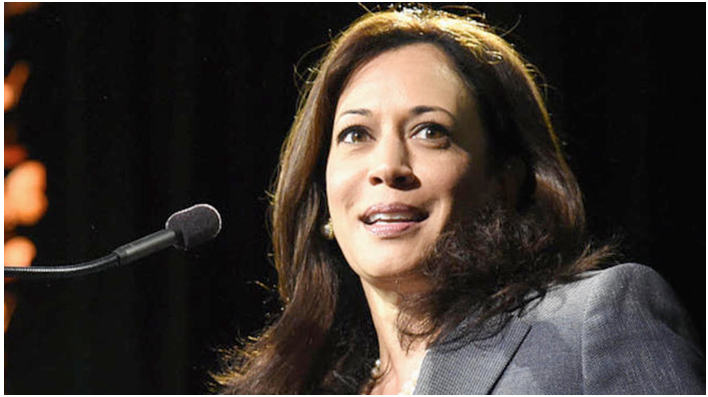



 Caruso (at City Hall, photo left) has personally written checks totaling $65,750 to LA. elected officials such as ex-City Council member Tom LaBonge ($4,500), Mayor Eric Garcetti ($2,900) and Council members Jose Huizar ($2,200) and Paul Koretz ($2,200). The developer also gave
Caruso (at City Hall, photo left) has personally written checks totaling $65,750 to LA. elected officials such as ex-City Council member Tom LaBonge ($4,500), Mayor Eric Garcetti ($2,900) and Council members Jose Huizar ($2,200) and Paul Koretz ($2,200). The developer also gave 




